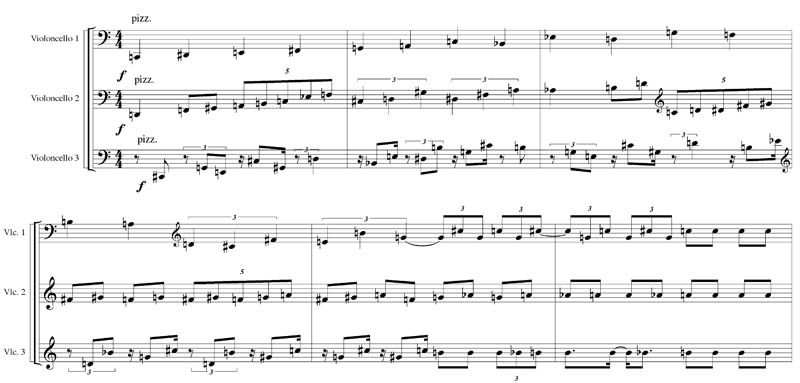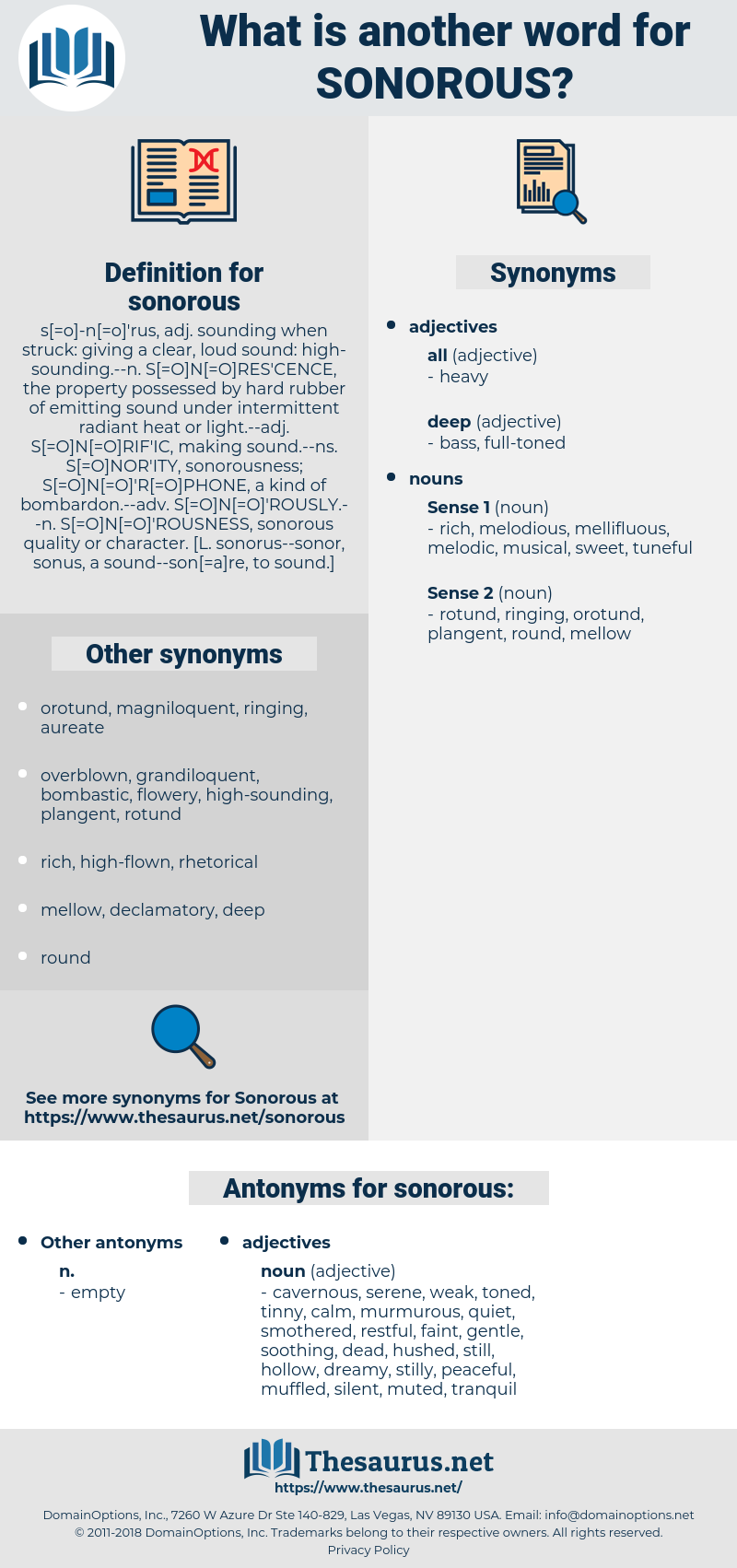

At half the size of a standard flute, piccolos play the highest notes of all the woodwinds in the orchestra one of the flute players will also play piccolo if that instrument is required. Your fingers open and close the keys, which changes the pitch.Ī shorter version of the flute is called the piccolo, which means small in Italian. You play the flute by holding it sideways with both hands and blowing across a hole in the mouthpiece, much like blowing across the top of a bottle. A standard flute is a little over 2 feet long and is often featured playing the melody. Modern flutes are made of silver, gold or platinum there are generally 2 to 4 flutes in an orchestra. The flute is the oldest of all instruments that produce pitched sounds (not just rhythms), and was originally made from wood, stone, clay or hollow reeds like bamboo. Learn more about each woodwind instrument:

The woodwind family of instruments includes, from the highest sounding instruments to the lowest, the piccolo, flute, oboe, English horn, clarinet, E-flat clarinet, bass clarinet, bassoon and contrabassoon. Just as with the stringed instruments, the smaller woodwinds play higher pitches while the longer and larger instruments play the lower notes. The clarinet uses a single reed made of one piece of wood, while the oboe and bassoon use a double reed made of two pieces joined together. The mouthpieces for some woodwinds, including the clarinet, oboe and bassoon, use a thin piece of wood called a reed, which vibrates when you blow across it. Metal caps called keys cover the holes of most woodwind instruments. You play them by blowing air through the mouthpiece (that's the "wind" in "woodwind") and opening or closing the holes with your fingers to change the pitch. They are all basically narrow cylinders or pipes, with holes, an opening at the bottom end and a mouthpiece at the top.

Today, they are made of wood, metal, plastic or some combination. The instruments in this family all used to be made of wood, which gives them their name.


 0 kommentar(er)
0 kommentar(er)
